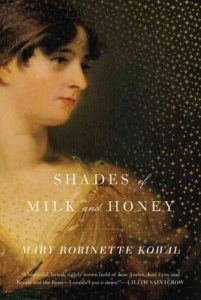
Read Along with Faye is a new series of book reviews and commentary by Faye Bi on the Sirens communications staff, in which she attempts to read 25 books and complete the 2016 Sirens Reading Challenge. The series will consist mostly of required “theme” books and will post monthly. We invite you to read along and discuss! Light spoilers ahead.
Alas, this month I was planning to review Silvia Moreno-Garcia’s This Strange Way of Dying, but ran into the problem we all occasionally have after hearing about authors doing cool but quieter-buzzing things: accessibility. I will read this book for the challenge when my copy arrives in the mail. (Needless to say, if Amy were here, she would pipe in that This Strange Way of Dying will be available at the Narrate bookstore, yet another reason to come to this year’s Sirens with a full wallet and an empty suitcase.) This month, instead, I’m offering up a review of Mary Robinette Kowal’s Shades of Milk and Honey.
As a Jane Austen fan, Shades of Milk and Honey has been on my radar for years. I’m not quite sure why I hadn’t picked it up before now—I’d heard that maybe it was perhaps too much like Jane Austen? You wouldn’t be incorrect, fellow reader, if you thought so. The book is an intimate portrait of Jane Ellsworth, a plain 28-year-old spinster who’s been left on the shelf, who potential suitors pass on in favour of her younger, more beautiful sister Melody. I won’t harp on the similarities between Shades and Austen’s novels, except to say that nearly every character in the book has an Austen analogue—the doting father, the fussy mother, the gallant gentleman, the one who can’t express his feelings but has a heart of gold, the dastardly scoundrel, and so on—coupled that with Regency manners, occasionally inconsistent period/modern spelling, and familiar plot twists like secret arrangements, duels and carriage chases.
I like to call these parallels Kowal’s homage to Austen, as it’s clear that Austen was hugely influential, and for a debut effort, I could read past them and get to the best part of the book—the magic. Picture Austen’s Regency England with magic (or as they call it in-world, “glamour”) as a ladylike art, akin to needlepoint, drawing or playing the pianoforte. Young ladies entertain company with moving illusions, like a rustle of the wind on flowers or a scene from a play. Our protagonist Jane is particularly gifted at glamour for someone with no formal training, but then she meets Mr. Vincent, a trained glamourist who has been hired to tutor Jane’s handsome new neighbour’s younger sister.
The interactions between Mr. Vincent and Jane are, perhaps, what you might expect—uppity Mr. Vincent is annoyed that Jane keeps trying to work out the mechanics of his illusions, believing that they take away from the awe of the moment, but can’t help but admire her for it either. Jane is clueless for the most part, until Mr. Vincent sends her his journals with all his glamour notes and essentially professes his love for her. But what I love most is how glamour is so fully integrated in Kowal’s vision of Regency England as piano or drawing could be; when women practice it, it’s a mere frivolity, but when men practice it’s an art—or perhaps even a career. Jane laments her lack of education—everyone coos over Mr. Vincent’s illusions but hers are lacking life, movement, and soul.
Yet, because of glamour’s association with women, it’s still not quite respectable. Mr. Vincent, which we later learn is the younger son of a quite well-to-do family (surprise!) practices glamour without his prestigious family name in order to keep it unsullied. Be it glamour or cooking, making clothes, composing music or writing books, women should just be distracting themselves until they grow into their value by getting married, because obvs.
I’m really pleased to hear that Kowal explores men vs. women’s work further in her glamour-infused Regency world in later books, as well as the relationship between Jane and Mr. Vincent, who are now two practicing glamourists. I look forward to reading more—four more books, to be exact.
Next Month: Recap Post!
Faye Bi works as a book publicist in New York City, and is a member of the Sirens communications team. She’s yet to read an immigrant story she hasn’t cried over, and is happiest planning nerdy parties, capping off a long run with brunch, and cycling along the East River.




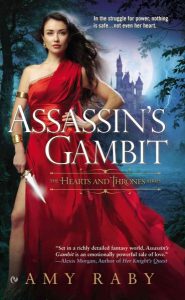

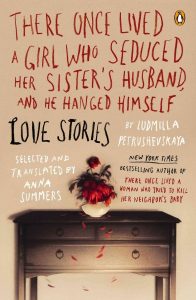
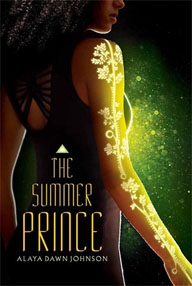
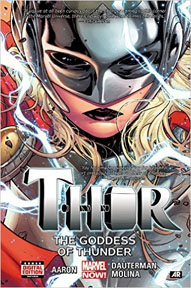
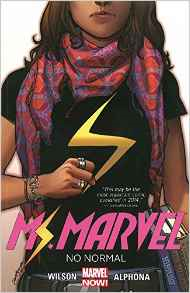
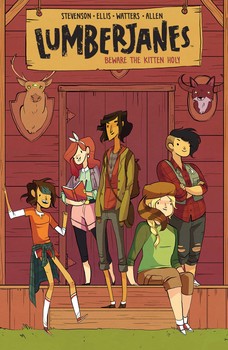
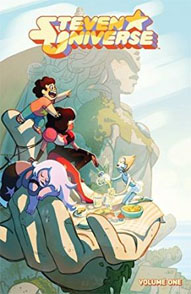
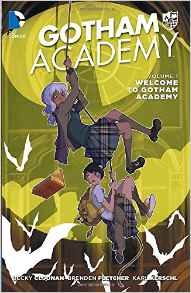
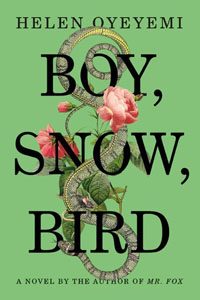








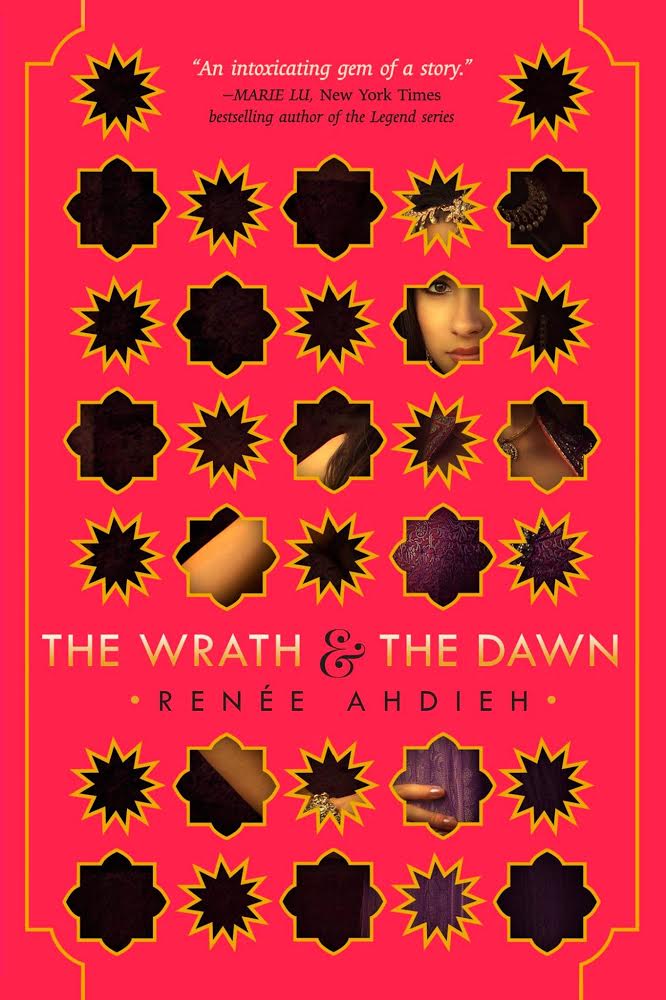
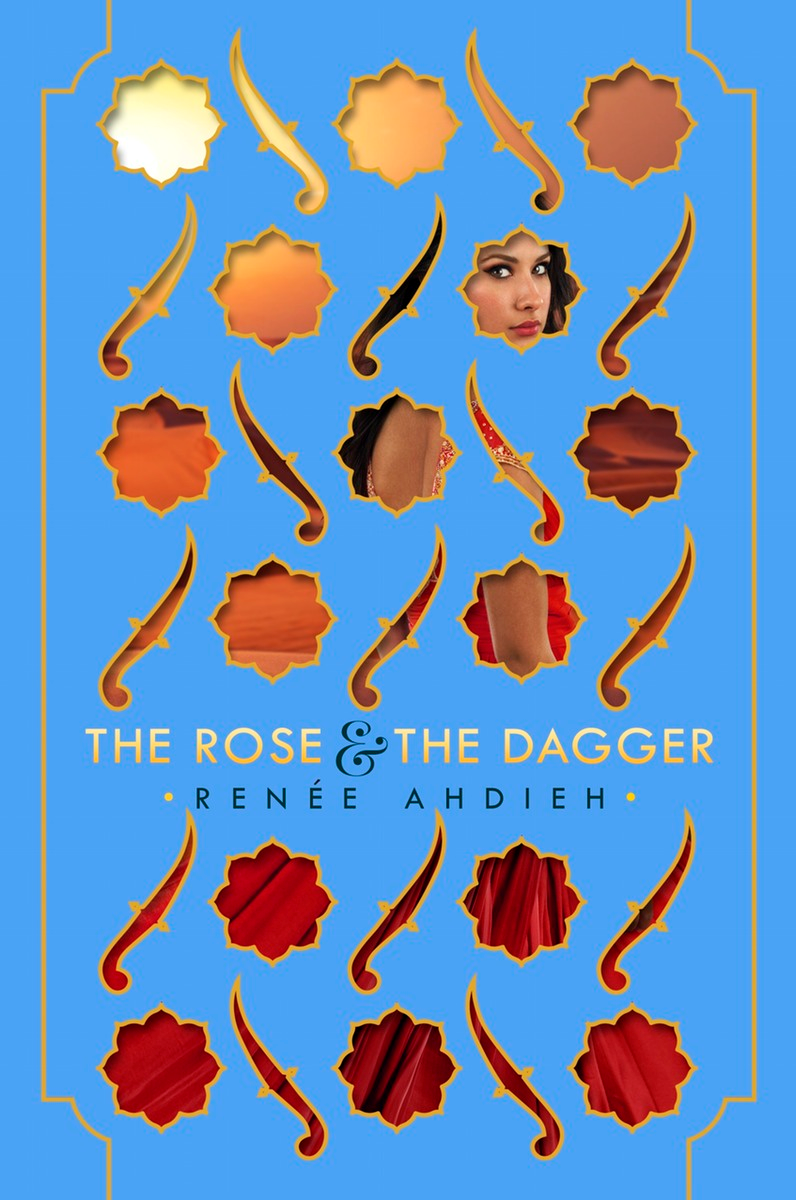 RENÉE: I think for me the most resonating theme—aside from the power of story—is the importance of relationships in all forms. I define the quality of my own life in terms of my relationships. If something isn’t working in my personal life—be it with a friend or a family member—that often has ripple effects through all else.
RENÉE: I think for me the most resonating theme—aside from the power of story—is the importance of relationships in all forms. I define the quality of my own life in terms of my relationships. If something isn’t working in my personal life—be it with a friend or a family member—that often has ripple effects through all else.


Connect with the Sirens community
Sign up for the Sirens newsletter